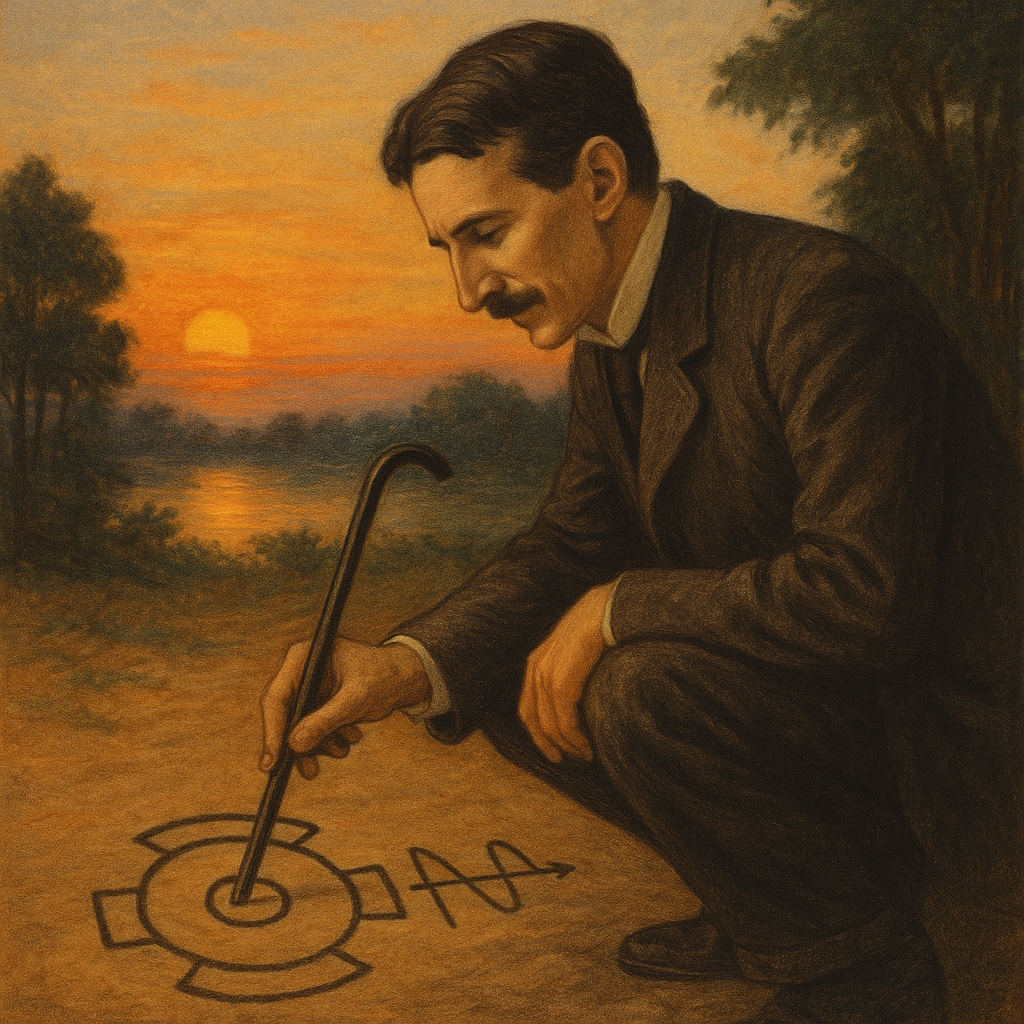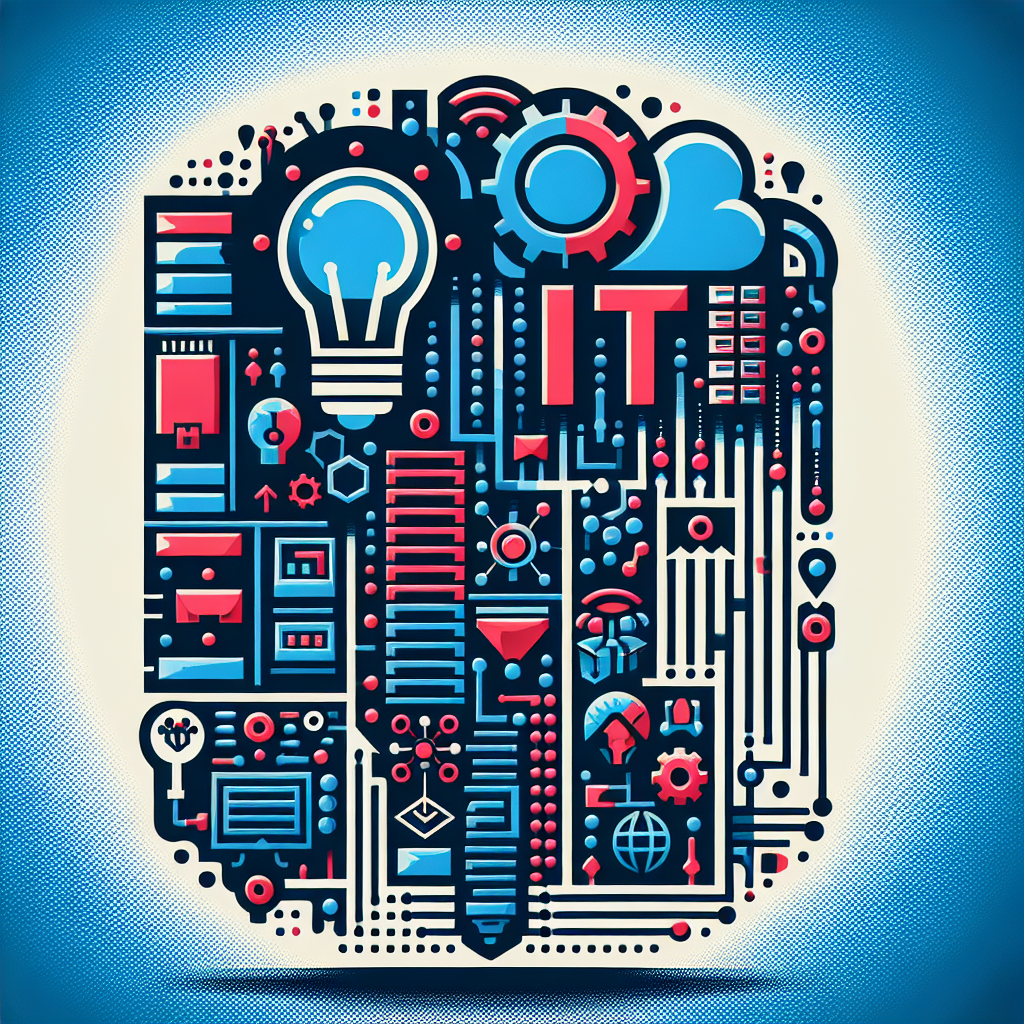The Rotating Magnetic Field – A Moment That Changed the World
🧠 “If you let me study engineering, perhaps I will recover” — young Nikola Tesla
Early Days and the Discovery of Passion
From a young age, Nikola Tesla showed an extraordinary curiosity and a talent for observing nature and technical devices. His love for science took him from his hometown of Smiljan to Gospić, and later to Karlovac, where he completed high school.
There, a physics teacher demonstrated experiments with electricity that deeply impressed Tesla. This field felt like a calling to which he could dedicate his life. But his father had different plans—he wanted Nikola to become a priest.
Fate, however, had other intentions.
Crisis and Turning Point
Upon returning home, Tesla fell seriously ill with cholera and spent nine months bedridden. At one of the most critical moments, when hope seemed lost, he said to his father:
“Perhaps I could recover if you let me study engineering.”
Touched by his son’s plea, his father promised:
“You will attend the best technical school in the world.”
Tesla, as if reborn, came back to life. He enrolled at the Technical School in Graz and dedicated himself completely to learning—studying from 3 a.m. to 11 p.m. His dedication impressed his professors, especially Professor Poeschl, whose lecture would mark a key moment in Tesla’s development.
The Critical Moment: Gram’s Machine
In his second year, Professor Poeschl demonstrated Gram’s dynamo machine—an electric motor with U-shaped permanent magnets and a wire-wound armature. As it ran, sparks flew from the brushes.
Tesla began thinking about a brushless motor. When he expressed this idea, the professor dismissed it as impossible—comparing it to trying to turn gravity into rotation.
But Tesla’s intuition insisted otherwise. He continued developing the idea, even after transferring to Prague, where he approached the problem from a different angle—by eliminating the commutator.
The First “Eureka” Moment
At that time, Tesla experienced a severe nervous breakdown. Yet, as before, he did not give up—he believed in his mission.
While recovering, one afternoon he walked through the park with a friend, reciting Goethe’s poetry. As he spoke lines from Faust, the sunset stirred something in him.
At that very moment—based on his later recollections—it seems the idea struck him like lightning. Perhaps, like Archimedes, he drew a diagram in the sand, showing the fundamental concept of the rotating magnetic field—motion generated by alternating currents in different phases, without commutators or brushes.
Technological and Civilizational Impact
Years later, Tesla brought this idea to life. Today, the rotating magnetic field is standard knowledge for any technical school student, but at the time, it was a revolutionary leap.
This idea became the foundation for:
- simpler and more efficient asynchronous electric motors,
- the polyphase current system,
- and the global electrification of industry and homes.
Thanks to Tesla, electric power became accessible to the modern world.
📌 Coming up next: How Tesla perfected the polyphase system and presented it to the world with George Westinghouse.
🔁 Follow us for the next part of the series “Nikola Tesla: Scientist, Engineer, Visionary.”


Leave a Reply